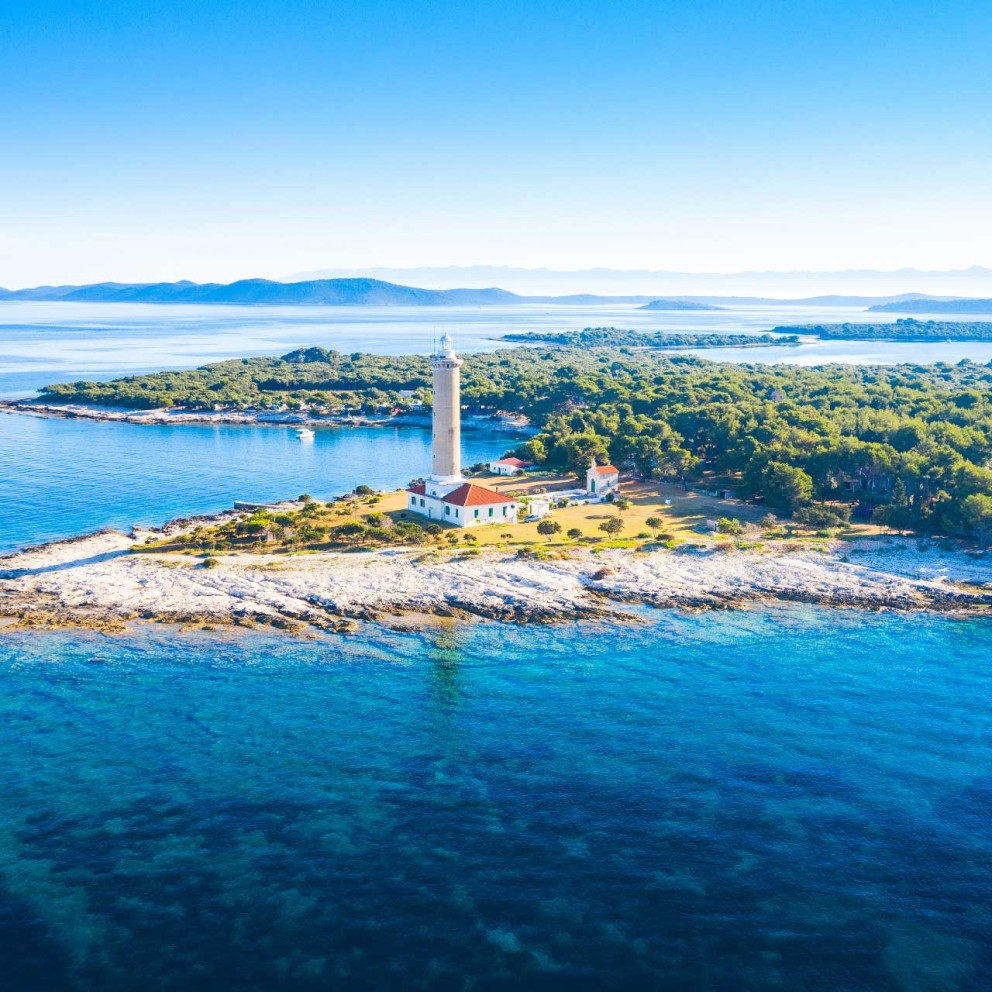
Easter Customs in Dalmatia - Zaton Holiday Resort
Easter Customs in Dalmatia
Just like Christmas, Easter holidays are another major event in the calendar of an average family in Croatia. It is, once more, a great opportunity for the whole family to gather, have a get-together accompanied by excellent food and drinks and to share and keep traditions alive.
While there are certain customs which are observed on the national level, some of them are a significant feature of Easter at the seaside.
More than just the (holy) week
Easter holidays generally refer to the final, culminating week of Lent, the 40-day period preceding the actual Holy Week. While the final days of Easter are widely observed throughout Croatia, other major moments of the whole period have been equally celebrated for centuries with activities in which the entire villages and towns participate.
Forty days of Lent are the time for penance, so during that period there used to be no festivities of any sort and this is still the case, so for example if you want to get married at that time, it’s extremely difficult to do it in church. The actual beginning is marked by Ash Wednesday which in its serenity and calmness stands as the complete opposite to totally crazy carnival period that happens before Lent.
Ash Wednesday is also the first day of fasting, which then also takes places on every Friday till Easter Sunday. Fasting is usually associated with food, that is, with no-meat rule on such days, but people don’t give up food completely . In Dalmatia, a particular favourite on fasting days are fish-based meals followed by fritule (doughnut-like pastry).

The weekend before
If you happen to be in Croatia the weekend before the Holy Week, you might see a lot of people carrying olive branches to church. In Dalmatia, it’s also customary to form a palm tree branch by using olive leaves - a traditional technique that has been passed on from generation to generation. It also marks a peaceful beginning of the Holy Week.
Holy Week(end) - customs and traditions
Starting with Maundy Thursday, Easter festivities come nearer to its final point. It’s the time for peace and quiet as a sign of respect. For that reason, people in Dalmatia tie the church bells together so that they don’t ring. In addition, various religious associations organize processions through towns and villages, the most famous one being on Hvar island.
They also organize reenactment plays on Good Friday, such as Žudije (they represent 12 Roman guards and Judas) in Dalmatia. Apart from fasting, it’s also customary to drink red wine on Good Friday.

Quite the opposite happens on Holy Saturday, when people prepare food they will take to church for blessing, typical Easter pogača and sirnica (puff pastry) cake are usually baked in Dalmatia and Easter eggs dyed. Then comes Easter Sunday when it’s time to gather around the table and enjoy a family meal which usually consists of ham, eggs, horseradish, spring onions and delicious desserts.
Peaceful Easter
Similar to Christmas, Easter is the time to think about one’s actions, to spend time surrounded by loved ones and to cherish traditions and customs. It's the time for a new beginning. In Dalmatia, and elsewhere.







